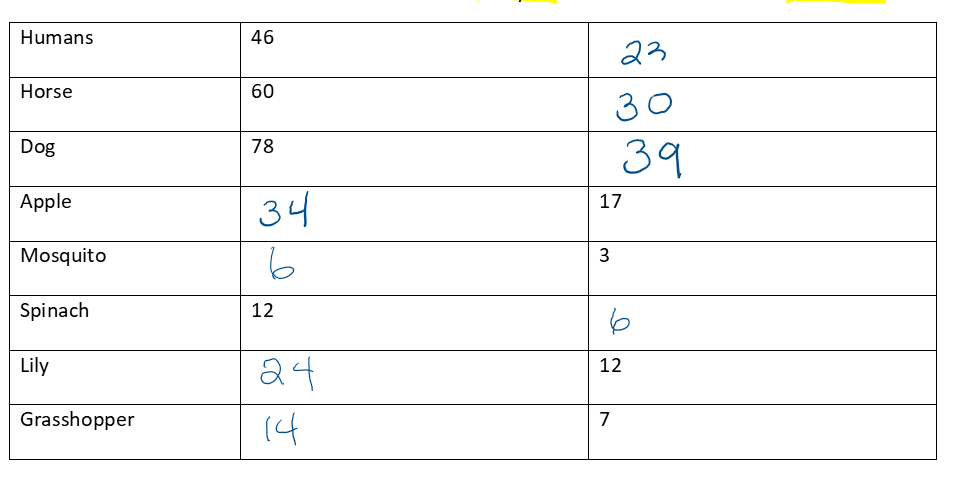Cell Division
Vocabulary
Chromosome- threadlike structure within the nucleus that contains genetic information that is passed on from one generation to the next
Chromatin- substances found in eukaryotic chromosomes that consist of DNA tightly coiled around histones
Cell Cycle- series of events in which a cell is grown, prepared for division, and divides to form two daughter cells
Interphase- the period of the cell cycle between cell divisions in which the cell grows
Mitosis- part of eukaryotic cell division during which the cell nucleus divides
Cycokinesis- division of the cytoplasm to form two separate daughter cells
Prophase- first and longest phase of mitosis in which the genetic material inside the nucleus condenses and the chromosomes become visible
Chromatid- one of the two “identical” sister parts of a duplicated chromosome
Centromere- region of the chromosome where the two sisters’ chromatids attach
Centriole- structure in an animal cell that helps to organize cell division
Metaphase- the phase of mitosis in which the chromosomes line up across the center of the cell
Anaphase- the phase of mitosis in which the chromosomes separate to move to opposite ends of the cell
Telophase- the phase of mitosis in which the distinct individual chromosomes begin to spread out into a tangle of chromatin
Cytokinesis- the final stage of cell division where the cytoplasm divides, resulting in two separate daughter cells.
Sister Chromatids- Sister chromatids are the identical copies of a chromosome that are held together during replication and remain attached until they are separated during mitosis
Centromere- The middle of the chromosome that holds the sister chromatids together
Spindle fibers- protein structures that help segregate chromosomes during cell division by attaching to the centromeres and pulling the sister chromatids apart towards opposite poles of the cell
Cell plate- the Wall created during plant cell division
Equator- The line in the middle of the cell where the chromosomes align during metaphase, ensuring that each daughter cell receives an equal set of chromosomes
Chromatin- When chromosomes are unwound in the nucleus
Cyclin- The protein that regulate the cell cycle
Apoptosis- The regulation of cell death
Benign- The type of tumor that is not cancerous and will not spread
Malignant- The type of tumor that is cancerous and will be spread around the body
Oncogenes- The protein that starts cell division
Tumor suppressor genes- Genes that help regulate cell division and prevent uncontrolled growth, thereby playing a crucial role in suppressing the formation of tumors
Mutagen- Genetic or environmental factors that can cause mutations in DNA, potentially leading to cancerous growth if they disrupt normal cell division, environmental factors are sun, smoke, pollution, or radiation.
Angiogenisis- The process in which new blood vessels are formed from pre-exsisting ones
Metastasis- When cancerous cells move though out the body though blood, body cavities, and the lymphatic system.
Haploid- the type of sex cells that have ½ the number of chromosomes to body cells
Diploid- body cells that have 2x the number of chromomesomes than sex cells
Homologous chromosomes- a pair of chromosomes that have simmulat shape, size, and gene order but different varisaions or genes.
Notes
During the cell cycle, the cell divides its nucleus and chromosomes during
mitosis. The cytoplasm and cell membrane divide during cytokinesis. Before the cell can divide again, it must grow and synthesize proteins during the G1 phase and duplicate its chromosomes during the S phase.
Cytokinesis in plant cells results in the formation of a cell plate between the new cells, while cytokinesis in animal cells only pinches the cell membrane in half.
Review Questions
What phase of the cell cycle is the longest? - Interphase is the longest phase of the cell cycle
How is the cell cycle different in different types of cells? -The division rates are different, and in plants and animals, they have different stages
What are the different stages of MITOSIS? Interphase (G1→ S→G2) Mitosis (Prophase→Metaphase→Anaphase→Telaphase) Cytokinesis
How is MITOSIS in plants and animals different? The mitosis happens at different rates and while the animal cell splits into two, the plant cell grows a cell plate that then becomes the cell wall
When to cells divide? Some factors that can start cell division are size, hormones, and protein intake.
Why do cells divide? Cells divide to help with injuries, growth, and replacement of cell death.
How often do cells such as skin, Red blood cells, and stomach cells relocate to each other (when do you get these new cells)? Skin→ 20 days, RBC→ 120 days, and Stomach→ 2 Days.
How is asexual reproduction different from sexual reproduction? Asexual reproduction replicates the same chromosomes and creates two identical daughter cells, while sexual reproduction takes ½ of the chromosomes from a mother and the other ½ from a father and creates 4 all-different sex cells.
What is Cancer and how dose it spread? Cancer happens when there are mutations found in the DNA that help with Cell division. Cancers can spread though blood, lymphatic system, and body cavities.
What are the causes of Cancer? Environmental causes such as sun, smoke, pollution, and radiation intake can cause cancer.
What are some Treatments for Cancer? Cancer treatments include surgery and chemotherapy.
What is Chemotherapy? Chemotherapy is a type of radiation that helps kill off the bad cancerous cells but also kills the good cells that rapidly divide, such as those in the skin, red blood, white blood, and stomach.
What are the side effects of Chemotherapy? Due to the killing of both good and bad cells, hair loss, nausea, lack of immune system support, and lack of oxygen.
Is it possible to get a second form of cancer after being diagnosed with a different type? Yes, the cancerous cells can spread through the human’s body cavities, lymphatic system, and the blood.
How are mitosis and meiosis different? Mitosis creates an identical copy of the cell making 2 daughter cells, while Meiosis creates 4 different cells that happen though a longer process with more stages of division.
What are the stages of MEIOSIS? Interphase (G1 (cell grows), S (DNA replication),G2 (preparation for division),)→ Mitosis (P1,M1,A1, T1, C1 (Split the 1 cell into 2),)→ Mitosis 2 (PII, MII, AII,TII, CII (split the 2 cells into 4),)
What is Crossing over? Crossing-over happens in the first stage of Mitosis in Meiosis when the chromosomes crosses over and share genes.
Why do sex cells need only ½ of the number of chromosomes in your body cells? Two sex cells meet to make one body, so the ½ and the other ½ make 1.
Cycles, Labeling, and Pictures
The Cell Cycle/ Mitosis
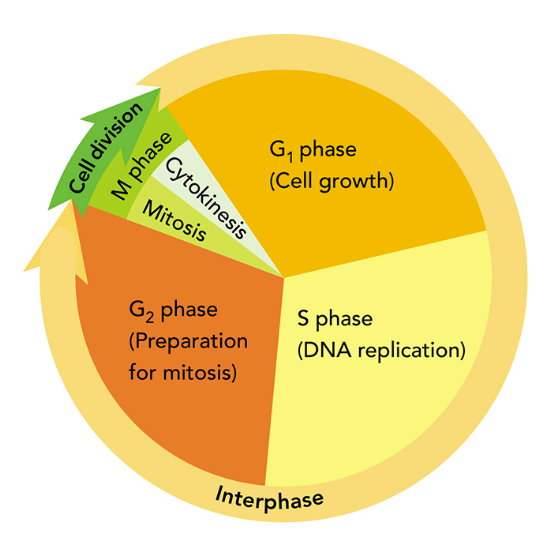
Prophase
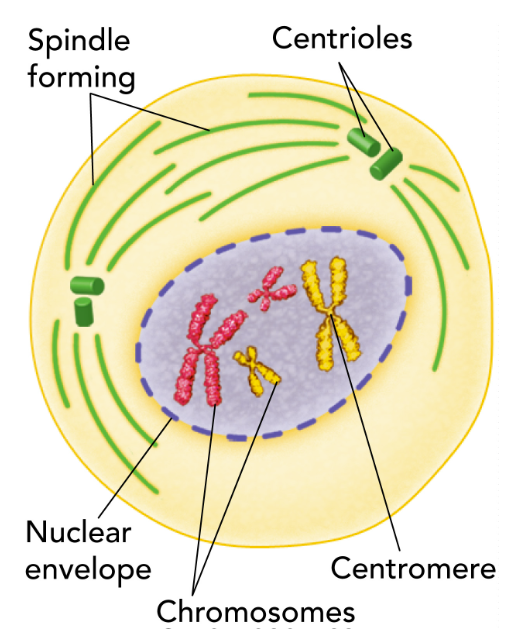
Metaphase
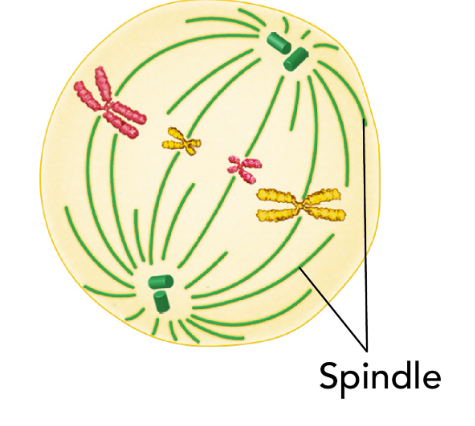
Anaphase
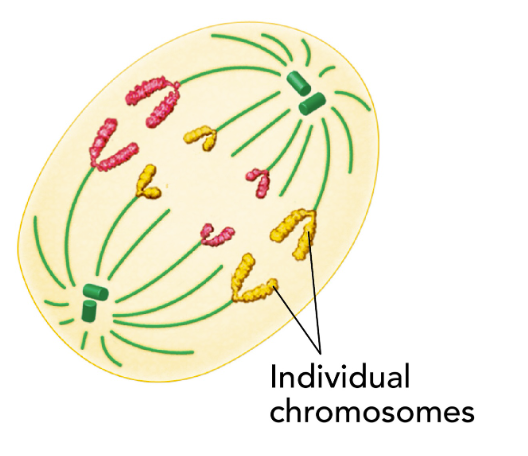
Telophase
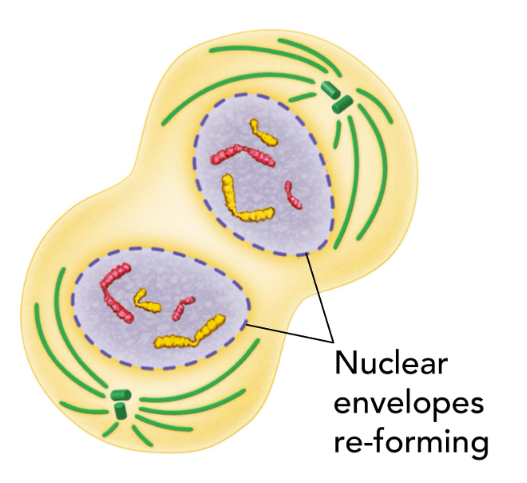
The difference between plant and animal mitosis
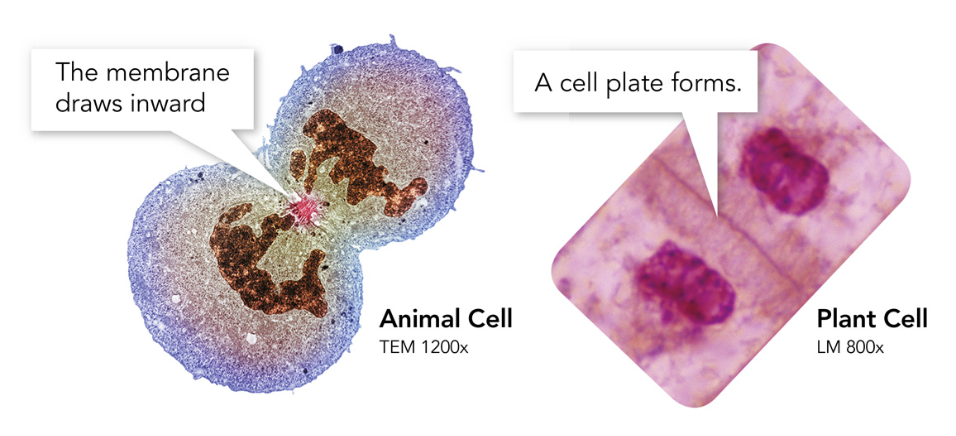
Mitosis Pictures and description
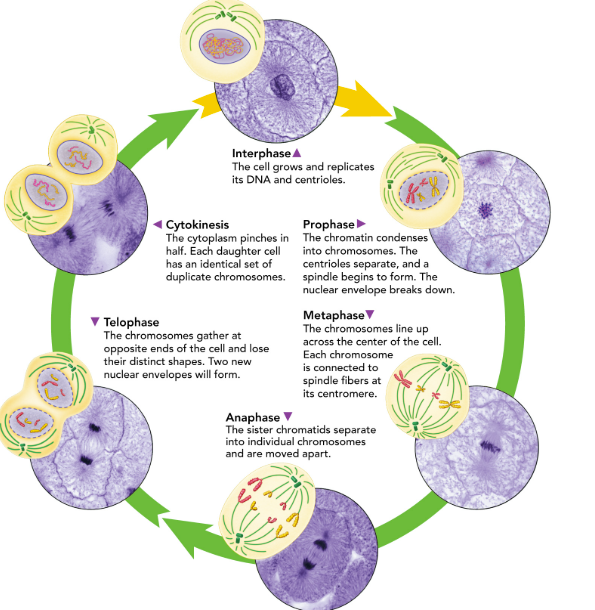
I→P→M→A→T→I
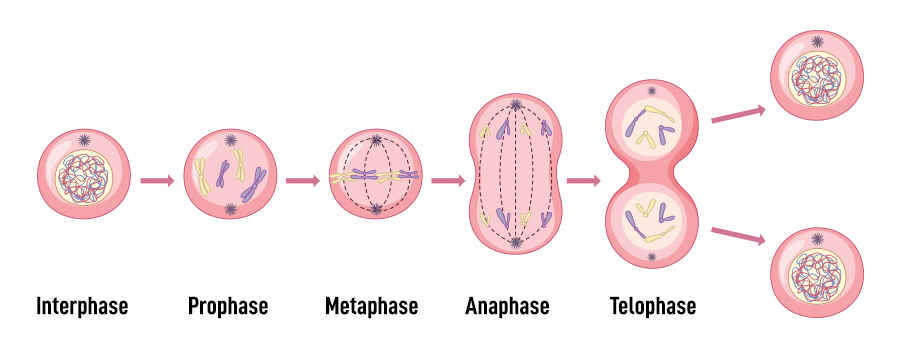

Chromosomes
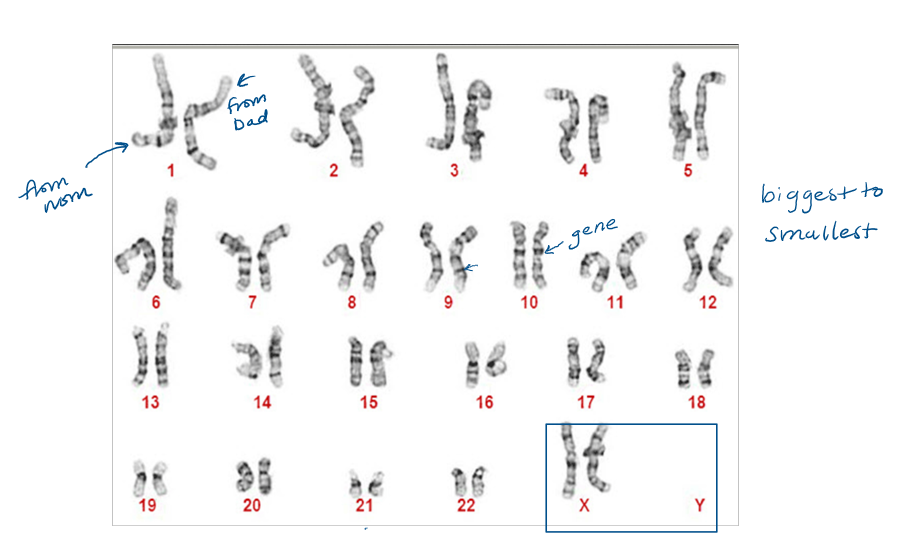
Labeling the Cell Cycle

Plant Cell Wall
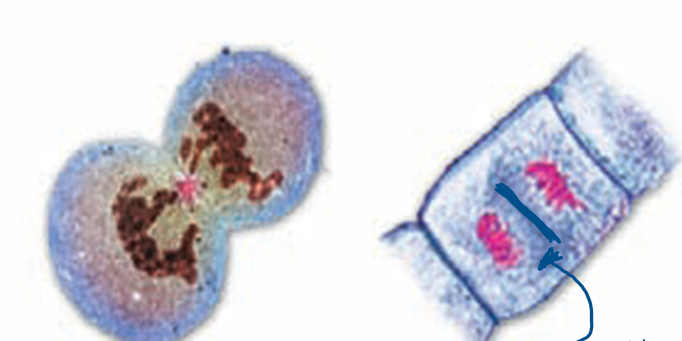
Meiosis

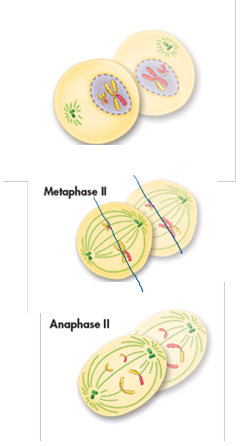
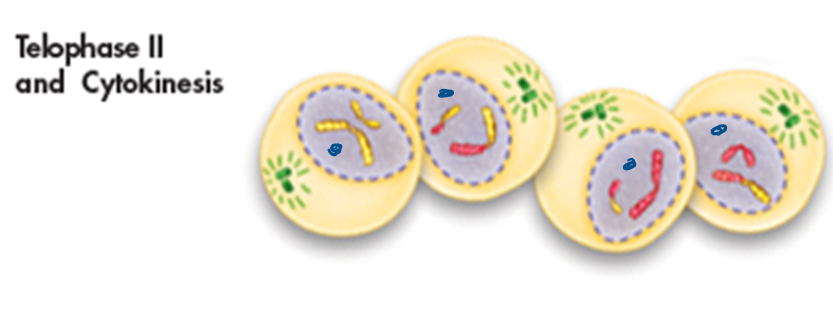
Diploid vrs Haploid cells and Chromosomes numbers
